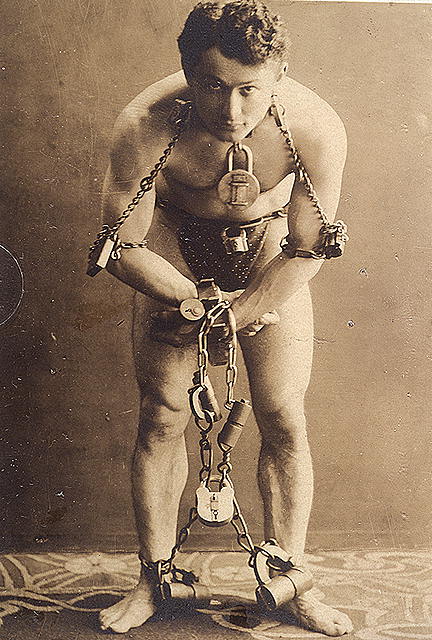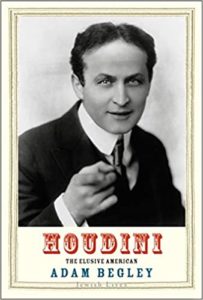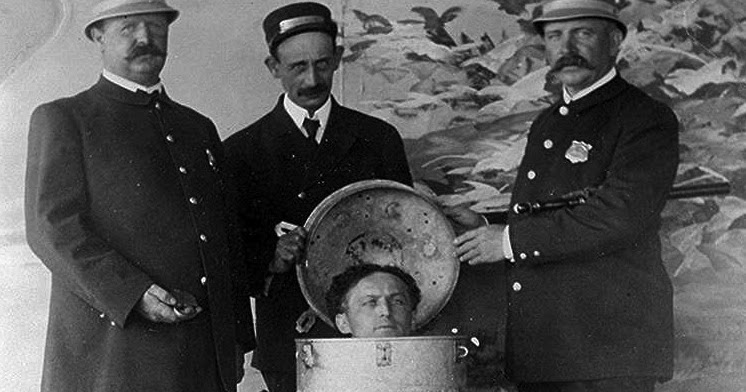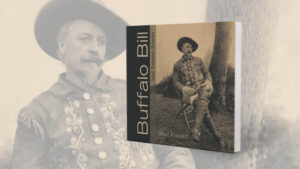While pondering the pandemic, read about the greatest getaway artist ever
Harry Houdini was probably the 20th century’s greatest—and most intriguing—escape artist. Ehrich Weiss, born Erik Weisz in 1874 in Budapest, Hungary, came to America at age four with his pregnant mother Cecilia, and four of his brothers, to join his rabbi father Mayer in Appleton, Wisconsin. The indigent family moved a lot; Erik Weisz soon became Erich Weiss. In his teens he decided show business,

specifically magic, was his way out of poverty. In 1894, after reading the memoirs of Jean-Eugène Robert-Houdin, “the first modern magician,” Erich renamed himself after the French illusionist.

By Adam Begley
Yale, 2020, $26
Houdini does not explain conclusively why Houdini chose the escape-escapades branch of his trade but strongly implies that aptitude and native shrewdness channeled him that way; discerning lucrative opportunities, he invariably capitalized on them. For much of the 1890s Houdini and his brother Dash labored in the lower depths of show business, “playing every kind of low-rent venue,” Adam Begley writes, “from dime museums and medicine shows to beer halls and cheap variety theaters. . .”He refined his escape act as well as his physical prowess, developed into a first-rate self-promoter, and by 1899 was a popular success. In his heyday he may have been the world’s most celebrated entertainer, thrilling audiences wherever he went. It seemed that Houdini could escape anything: handcuffs, chains, prison cells, straitjackets, and other constraints, however elaborate.
The great tragedy of Houdini’s life was his beloved mother Cecilia’s death in 1913. He believed in an afterlife and wanted to communicate with her spirit, but supremely knowledgeable about professional fakery, he quickly apprehended that mediums were frauds. For the rest of his life he became a nightmare for spiritualists, relentlessly exposing their swindles.
Houdini died in 1926 of peritonitis. Begley persuasively argues that the conventional wisdom about his demise—that punches to his abdomen caused his appendix to burst—is incorrect. In this brief but informative book, Begley, biographer of John Updike and author of The Great Nadar, deftly elucidates his subject’s life and complex personality. Certain perfectionist self-made Americans—Thomas Edison, Ted Williams, and Ralph Ellison come to mind—focus so intently on the techniques underpinning their crafts that they turn jobs into art. Houdini was a member of that fraternity. His spectacular artistry tantalized not just admirers (Edmund Wilson!), but frenemies (Arthur Conan Doyle), and even outright foes (mediums).—Howard Schneider reviews books for magazines and newspapers.
This review was posted on Historynet.com on April 24, 2020.





